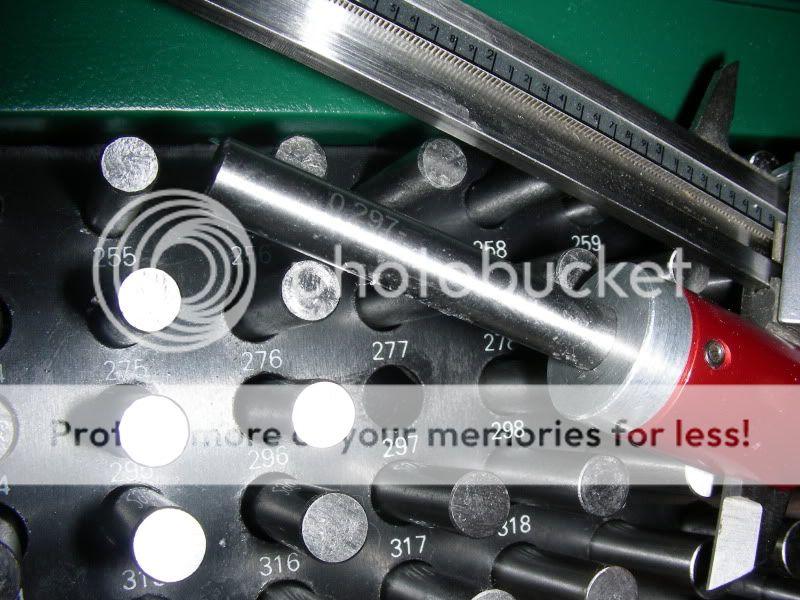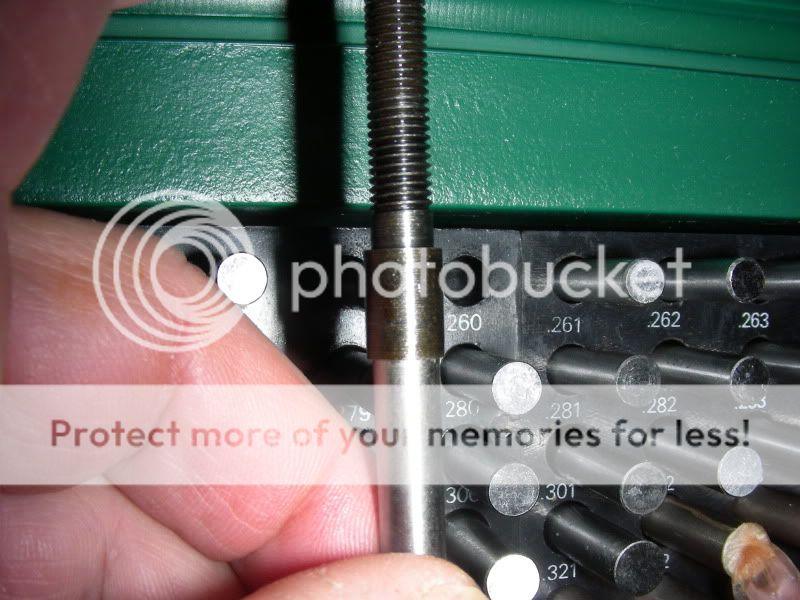Texas Republic
Well-Known Member
I have a question that I need some clarification on concerning accurate reloading and the ogive. I recently ordered Hornady's ogive comparative tool. I understand the ogive to be what really matters in measuring jump or the amount of bullet that rests in the rifling once chambered. And that seating depth goes by this measurement and not the OAL of tip to bottom. This allows the reloader to precisely record the measurement that a certain accurate load is seated to. For some reason, I cant quite wrap my head around bullet prep. What I mean is how to make sure every round is consistently the same OAL from bottom to ogive.
Do I only measure each bullet from ogive to bottom and separate any inconsistency before seating them? This is the only thing I can think of at this point, because seating the bullet should be the exact same as long as each bullet is the same. This is because the seating die should seat from the ogive every single time. Therefore, if all of my bullets have the same ogive measurements, setting the die up once and seating them all without adjusting it should produce consistent loads without any variance in the OAL of my ogive. Does all of this sound right?
Do I only measure each bullet from ogive to bottom and separate any inconsistency before seating them? This is the only thing I can think of at this point, because seating the bullet should be the exact same as long as each bullet is the same. This is because the seating die should seat from the ogive every single time. Therefore, if all of my bullets have the same ogive measurements, setting the die up once and seating them all without adjusting it should produce consistent loads without any variance in the OAL of my ogive. Does all of this sound right?


